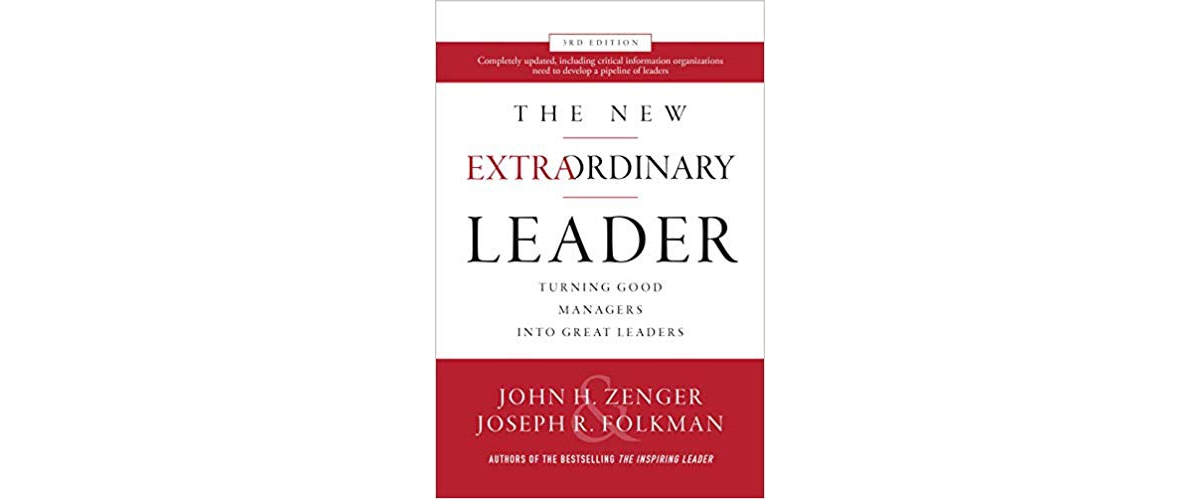
Almost 20 years ago, Jack Zenger and Joe Folkman began a two-year research project to review 360 assessments on over 20,000 leaders. They sought to pinpoint the leadership competencies differentiating the top 10 percent of leaders from the bottom 10 percent of leaders. Jack and Joe correlated assessments of the best and worst leaders against organizational results such as employee engagement, retention, quality, productivity, safety, customer satisfaction, sales, and profitability. From dozens of leadership competencies, they found 16 that reliably predicted those outcomes. The first edition of their book, The Extraordinary Leader: Turning Good Managers into Great Leaders, published in 2002, formed the foundation for a unique 360 strengths-based assessment and development process.
After seven years of work with leading global companies using their counterintuitive approaches, Jack and Joe updated their book in with a second edition in 2009. This edition featured 20 key insights on leadership development.
In 2012 Jack and Joe continued to update their work and condensed key learning and applications in their book How to Be Exceptional: Drive Leadership Success by Magnifying Your Strengths. That was the same year Jack and I reconnected and renewed an old partnership.
Last month, McGraw Hill published Jack and Joe’s latest update in a third edition to this ongoing work. The New Extraordinary Leader reaffirms previous research and draws new lessons from a database now over five times bigger than the original; 1,500,000 questionnaires by direct reports, peers, bosses assessing over 121,000 leaders.
Some of the original 16 competencies are revised and reworded. However, their impact on results continues to reliably correlate to organizational outcomes. Three new competencies emerged; making decisions, risk-taking, and valuing diversity. As before, research shows that a leader doesn’t have to be great at 19 competencies. Top performance in 4 to 5 competencies elevates leadership performance to the top 10 percent of leaders delivering outstanding results. Cross-training to leverage strengths is the fulcrum.
Here are the additional insights emerging from Zenger Folkman’s latest research:
- Leaders must take responsibility for their own development
- The organization can provide significant assistance in developing leadership
- Organizations are waiting far too long to begin developing leadership skills
- Leadership is needed and occurs at all levels throughout the organization
- Optimum leadership behavior is remarkably similar at all levels of an organization
- Filling an organization’s leadership pipeline demands scale
- Leadership effectiveness is highly contagious
- Leadership effectiveness in an organization seldom exceeds that of the person at the top
- Effective leadership requires integration with regular job duties
- One key to effective development is frequent and sustained long-term sustainment activities
- Women are better leaders than men
- Effective leadership development demands measurement
- The medium by which leadership is practiced is communication
Best-selling leadership author, Jim Kouzes, “fell in love on page one” with The New Extraordinary Leader because it attacks unsupportable assumptions about leadership through exceptional research. It’s not “a hackneyed rehashing of tired nostrums.” Executive coach and best-selling author, Marshall Goldsmith, says the book goes beyond anecdotes or war stories to build on comprehensive research and is “destined to be a classic in our field.”
The solid, evidence-based approach behind all the extraordinary leader books and development approaches and their strength-based process are major reasons The CLEMMER Group partnered with Zenger Folkman. The New Extraordinary Leader updates that research and brings practical, how-to applications to boosting leadership effectiveness.


Want to discuss this post? Contact us!